Premium tin box...
Catégories de blogs
- Actualités sur les boîtes en fer blanc (410)
- Coffret cadeau de vacances (49) click
- 832 / 5,000 Où acheter une boîte en fer blanc personnalisée ? (224)
- Processus de fabrication de boîtes en fer blanc (267)
- Nouvelles de l'usine de boîtes en fer blanc (123)
- Nouvelles de l'industrie de l'emballage (332)



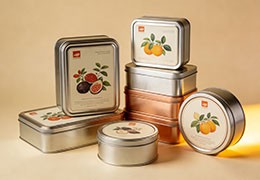

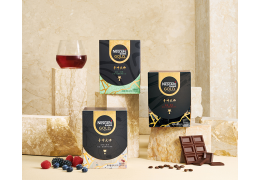
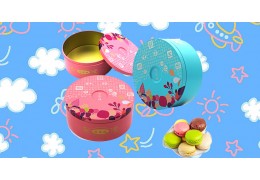
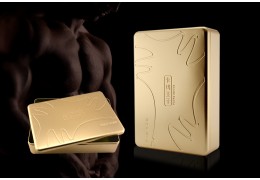

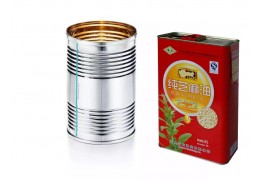

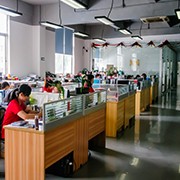

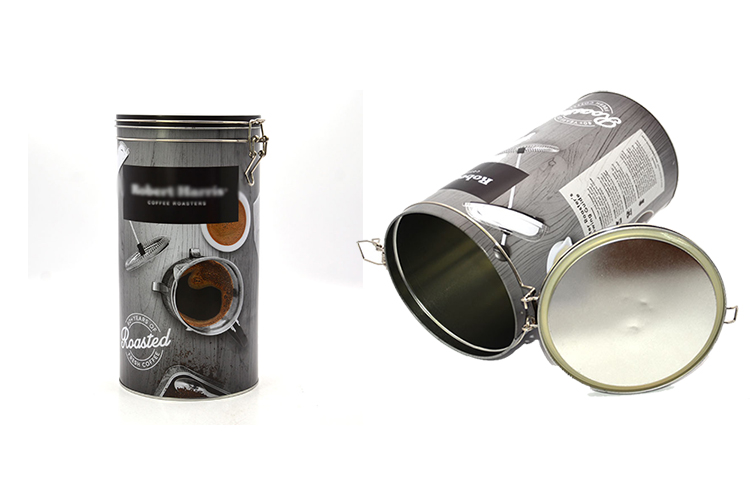
 ( 1 )
( 1 ) 






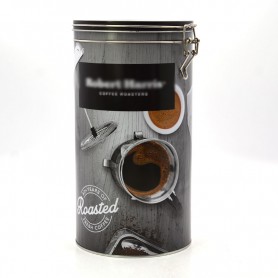
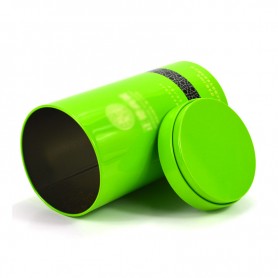
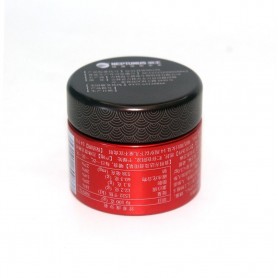

Derniers commentaires